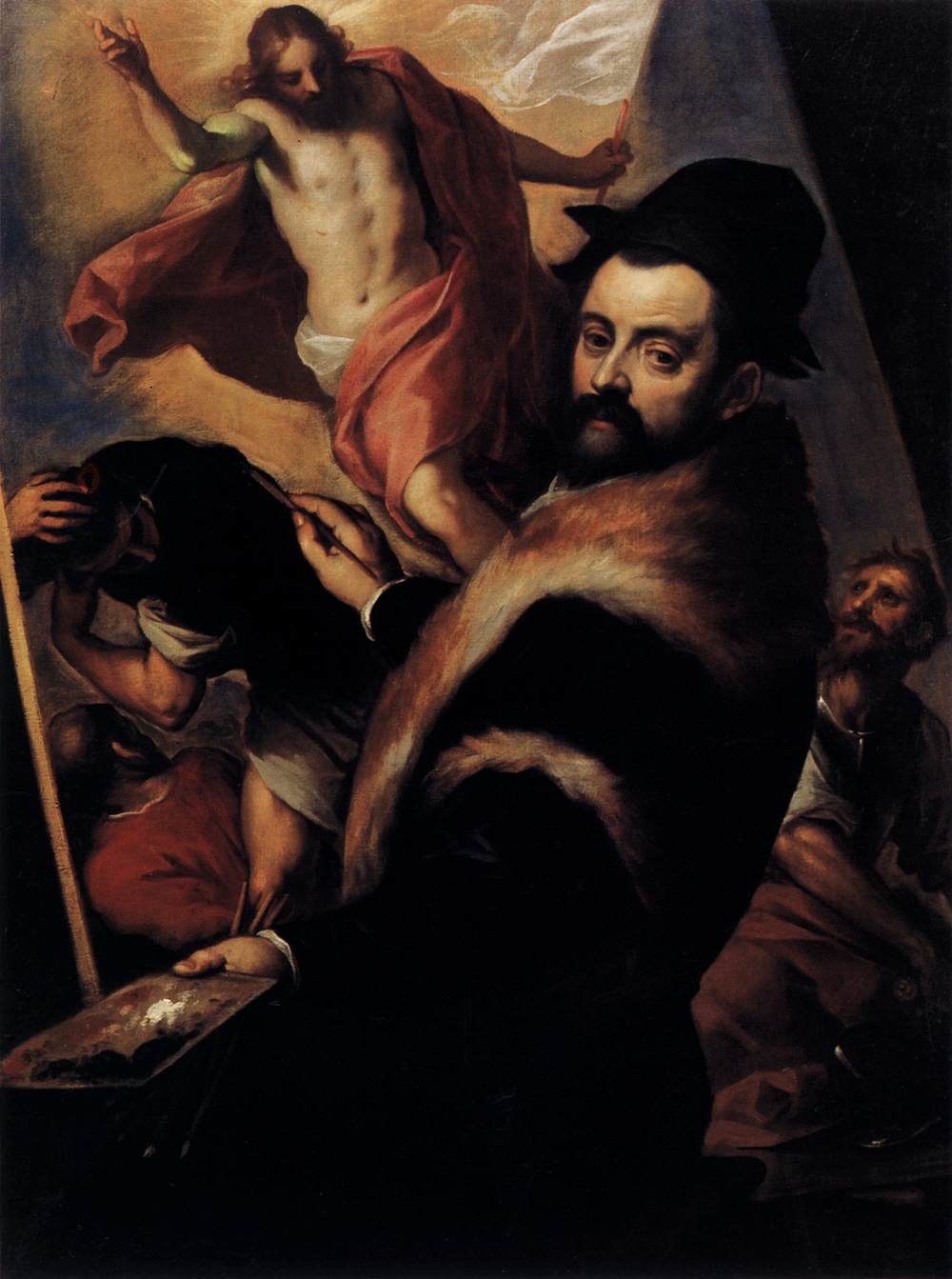Description
Palma Giovane's Self-Portrait painting is a work that stands out for its artistic style and composition. This 16th century Italian artist, belonging to the Venetian school, managed to capture in this work his ability to capture the essence of the human figure.
The author of this work portrays himself with a deep and penetrating gaze, which seems to observe the viewer with an intensity that goes beyond the canvas. The composition of the work is interesting, since the artist opts for a closed frame that emphasizes the figure of the sitter, who appears in the foreground and occupies most of the space.
The coloring of the work is another remarkable aspect, since Palma Giovane uses a palette of warm tones that highlight the skin and hair of the sitter. The light, which seems to come from the left, creates a chiaroscuro effect that adds depth and volume to the figure.
The history of this work is little known, but it is known that it was made in the 16th century and that it was part of the collection of Cardinal Fesch in the 19th century. Currently, it is in the Louvre Museum in Paris, where it can be admired by art lovers.
In short, Palma Giovane's Self-Portrait is a work that stands out for its artistic style, its composition, its colors and its history. A work that shows the artist's ability to capture the essence of the human figure and that continues to be a source of inspiration for contemporary artists.

